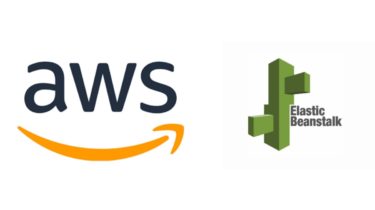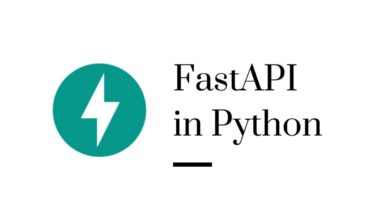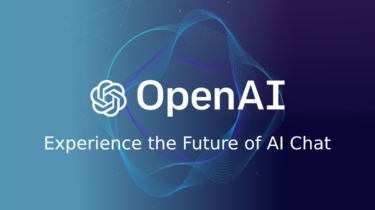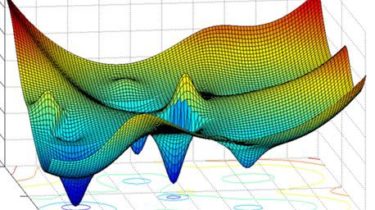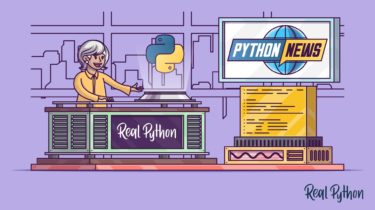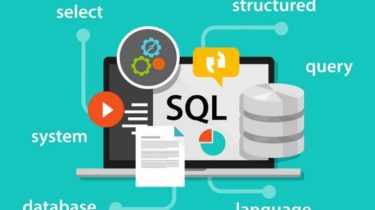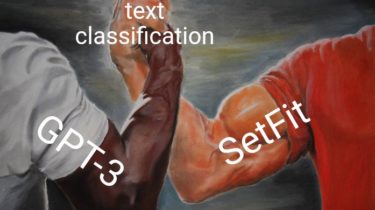Maths of Word-to-Vec
Calculating the gradients in back propagation.
Read moreASR state-of-the-art: Wav2Vec, Whisper, DeepSpeech
In this tutorial we are gonna cover three state-of-the-art models for ASR and infer them on stuttering speech. It’s important that current ASR systems used in voice assistants understand all types of speech so people with such phenomena can use them freely without embarrassment.
Read morePython News: What’s New From November 2022
The Python world never stops spinning! After the release of Python 3.11 in October, the Python release team is already launching the first alpha versions of Python 3.12. The excitement of trying shiny new things shouldn’t distract you from being cautious while coding, though. Recently, researchers found more malicious packages on PyPI, and lawyers raised concerns about license violations when using GitHub Copilot to generate code. Let’s dive into the biggest Python news from the past month! Python 3.12 Alpha […]
Read moreImportance of SQL in Data Science
The database is a concept that implies structured data which can be accessible and manipulatable in various of different ways. Databases can be visualized as a 2D space that contains columns that hold the type attribute of the data such as the name and surname of a person and rows that hold for example all the attributes of each person have. Rows are also called tuples in database systems. In terms of visuals,
Read more